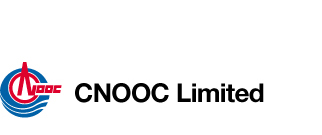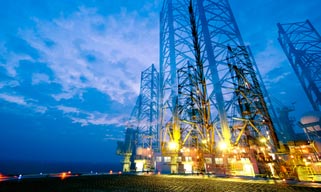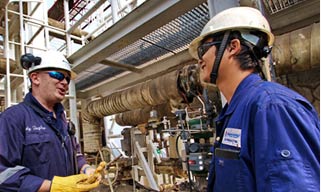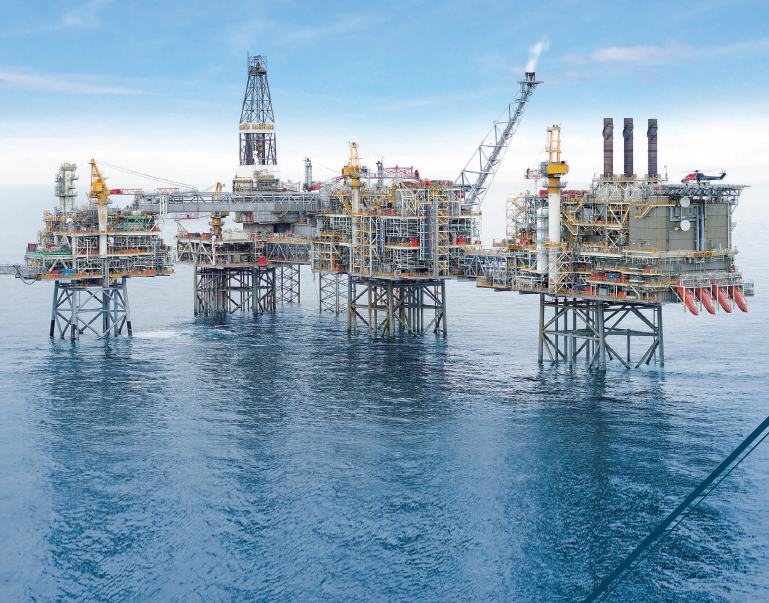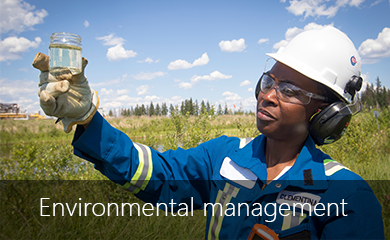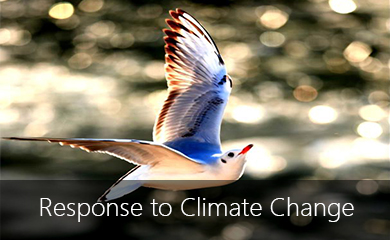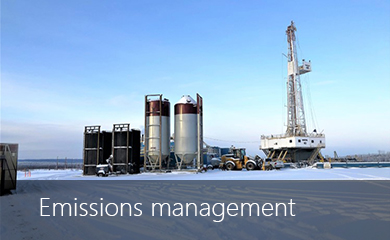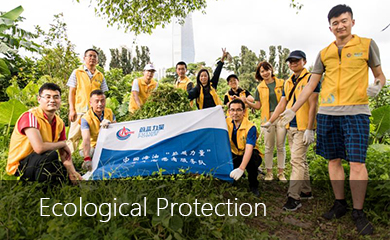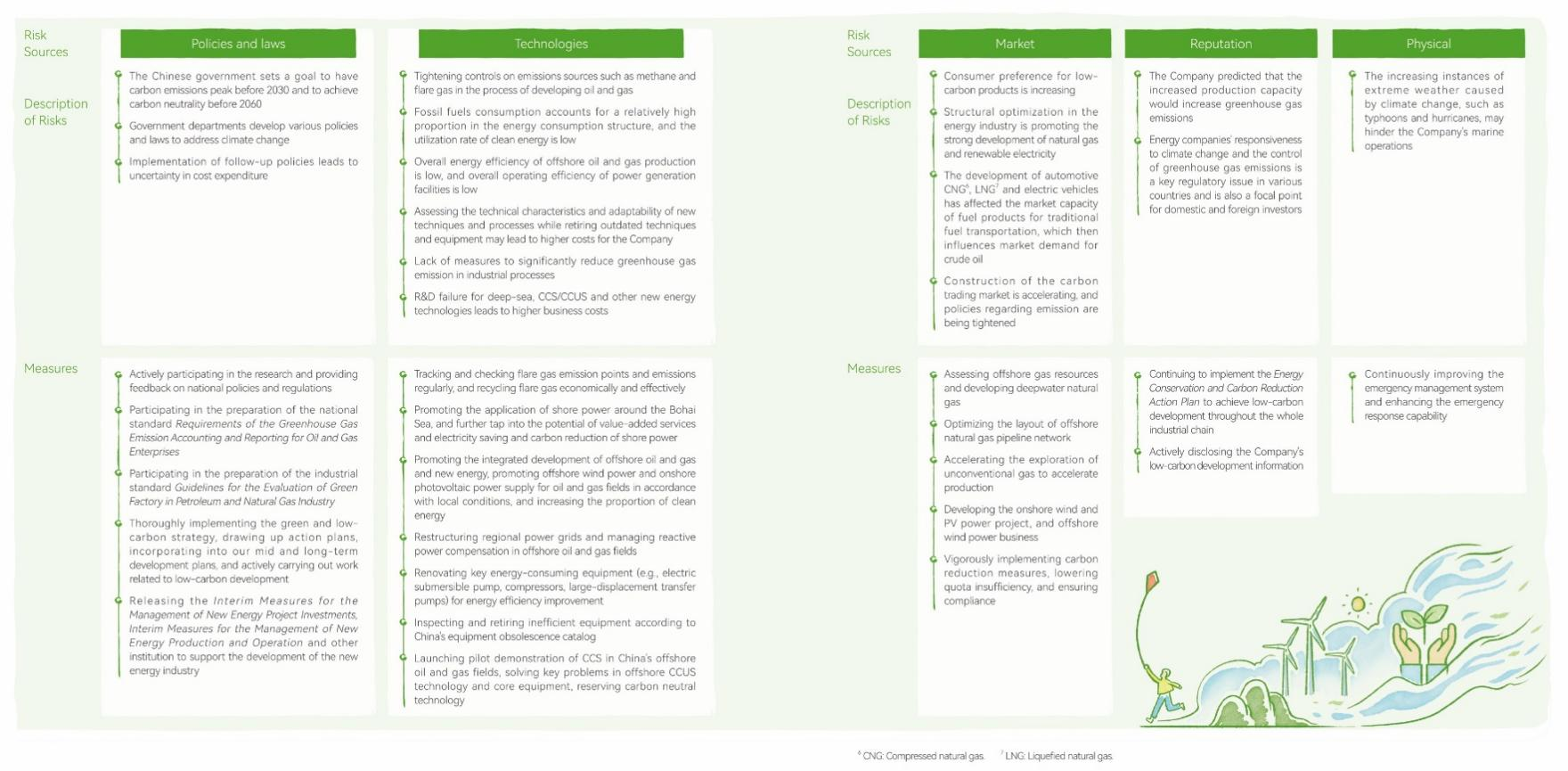Environmental Protection
As a responsible company, CNOOC Limited views lucid water and lush mountainous areas as invaluable assets. We have responded to climate change challenges by implementing the goal to have CO2 emissions peak before 2030 and achieve carbon neutrality before 2060. We have started the composition of the action plan for that goal and fully implemented our green and low-carbon development strategy through clean energy development, energy-saving and emission reduction projects and efficient energy utilization, fully committed to being a resource-saving green company.
Response to Climate Change
Adhering to the principle that "lucid waters and lush mountains are invaluable assets", we have actively responded to climate change by implementing the strategic goals and requirements of carbon peaking and carbon neutrality in the countries where the assets are located. We have formulated and released the Energy Conservation and Carbon Reduction Action Plan and fully implemented our green and low-carbon development strategy through clean energy development, energy-saving and emission reduction projects and efficient energy utilization, being fully committed to becoming a resource-saving green company.
Risk Assessment
CNOOC Limited supports the climate goals set out in the Paris Agreement and fully understands the impact of climate change on the Company. The Company has established a risk control matrix that is continuously updated by departments involved in the risk list, providing tools and quantitative assessment lists. Climate related risk management is also integrated into the Company's risk management system to identify and analyze climate related risks and opportunities, and to formulate appropriate measures in response.
CNG refers to compressed natural gas; LNG refers to liquefied natural gas
Energy Conservation
The Company is committed to the principle of "increasing reserves and production of oil and gas in coordination with energy conservation and carbon reduction". We are continuously building a production model that prioritizes energy consumption management and green development, and constantly promoting the construction of a green manufacturing system to enhance operational efficiency.
In 2023, the Company continued to promote the construction of shore-to-sea power supply projects for offshore oil and gas fields and the recycling of associated gas. We also systematically deployed distributed renewable energy application projects and promoted the application of technologies such as oilfield power networking, residue heat utilization, and renovation of key energy-consuming equipment. The Company invested RMB 536 million into over 40 energy conservation renovation projects this year, and reduced energy consumption by 293 thousand tons of standard coal equivalent and CO2 emissions by 749 thousand tons.
Water Resource Management
Adhering to laws and regulations such as the Water Law of the People's Republic of China and internal policies such as the Rules for Water Conservation Management, we have performed comprehensive water resources management by increasing efforts in technological transformation and strengthening the comprehensive treatment of wastewater. In 2023, the Company had no significant problems in sourcing water.
The Company defined the energy-saving tasks and water-saving indicators of its subordinate units, organized and implemented multiple management and technical measures on water conservation such as promoting seawater desalination, reuse of production water and recycling of rainwater and condensate water. We optimize the production process and implement water conservation projects to reduce the amount of new water used per unit of product. We strengthen the publicity of water saving and raise employees' awareness of water resource crisis and water saving concept. In 2023, the Company planned to save 34,000 tons of water and achieved 57,000 tons for the year, exceeded the annual target.
Water Conservation Target: In 2024, 56,700 tons of water are expected to be saved through source management in newly implemented projects, seawater desalination with residue heat, condensate water and rainwater collection, and optimized ship operation.
Low-carbon Management
With the consideration of the overall planning and requirements of China's carbon peak and carbon neutrality goals, the Company has established low carbon management organizations including Green Power and Carbon Trading Division, Carbon-Negative Office, new energy branch and regional companies, which are responsible for systematically managing green power and carbon trading, developing CCS/CCUS and new energy business, and comprehensively implementing the Company's workplan on carbon peak and carbon neutrality.
Greenhouse Gas Emission Reduction Targets:
· By 2024, we plan to reduce emissions by 523 thousand tons of carbon dioxide equivalent through measures such as flare gas treatment, use of permanent magnet electric submersible pumps and distributed new energy replacement.
· By 2025, we plan to achieve a cumulative emission reduction of more than 1.5 million tons of carbon dioxide equivalent.
· In 2024, we plan to achieve 760 million kWh of green power replacement, which is expected to reduce carbon emissions by 650 thousand tons.
